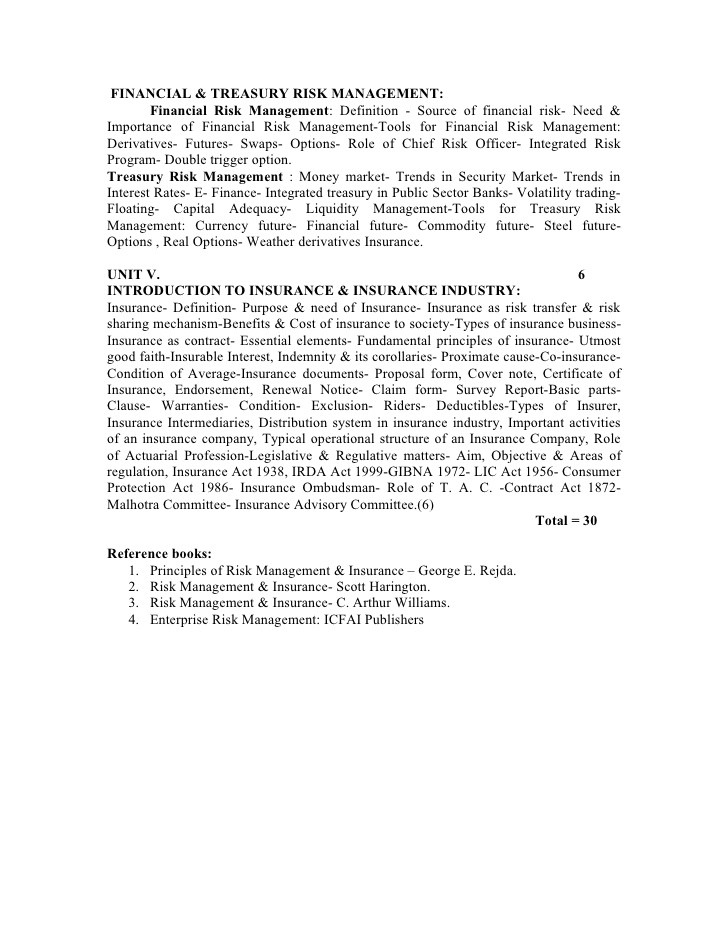Professor Ephraim Clark Financial risk analysis foreign investment
Post on: 5 Май, 2015 No Comment

Professor Ephraim Clark
Country Metrics
Ephraim Clark — Financial risk analysis & international foreign investment, including political risk & international debt analysis, and forecasting portfolio investment by financial & political risk analysts.
Countrymetrics is a set of tools, developed by Professor Ephraim Clark, on the cutting edge of modern financial theory and practice designed to provide a rigorous framework for the evaluation of country/political risk and its incorporation in the decision making process for bank credit, portfolio investment and foreign direct investment. The Countrymetrics toolkit makes it possible to estimate a wide range of financial variables for a country as a whole such as financial risk premiums, maximum debt levels, implied volatility, systematic risk and risk adjusted required rates of return. It also provides the framework for using these estimates to calculate asset values, NPV, VaR (value at risk), and default probabilities.
Within this website Ephraim Clark covers,
financial,risk,analysis,international,foreign,investment,analysts,forecasting,portfolio,debt,political,analyst
Country Metrics Versus Traditional Methods by
Professor Ephraim Clark
Ephraim Clark. Traditional methods for assessing country/political risk range from the comparative techniques of rating and mapping systems to the analytical techniques of special reports, dynamic segmentation, expert systems, and probability determination to the econometric techniques of model building and discriminant and logit analysis. Although all are aimed at assessing country/political risk, the individual methods differ drastically on the type of information they supply. This information is not readily compatible with modern financial techniques.
In a rating exercise each country is graded and ranked based on a set of parameters selected as judgmental criteria. A special report involves one or several experts that examine the key variables that are supposed to describe a given country’s main characteristics and who communicate their findings in the form of a special report. Dynamic segmentation seeks to analyze the fundamental trends of a country by dividing a society into various behaviour-homogenous groups, called segments, and then forecasting the most likely coalitions of these segments and how the coalitions are likely to influence the relationship between the investing company and the political powers. The probabilistic approach involves computing various alternative outcomes, each one being allocated a certain probability of occurrence and implying specific measures with regard to foreign investment. The econometric methods rely on historical data to forecast economic variables or group countries according to whether or not they will do something such as default on debt obligations or expropriate.
Some of these methods are highly sophisticated and they all are informative and often quite accurate. The problem is that the information they supply is not really adapted to the needs of modern financial decision making, which involves estimating expected returns, volatility and risk adjusted discount factors. For example, how can knowing that Mexico is rated 40th out of 100 countries in a rating exercise be applied in a theoretically consistent manner to determine the proportion of Mexican securities in an internationally diversified portfolio, the required rate of return on a direct investment or the terms of a loan to the Mexican government. The same questions can be asked of special reports, dynamic segmentation and econometric techniques. Countrymetrics has been designed to answer questions such as these and this is what distinguishes it from the traditional methods. For an example of some ways it has been applied and its track record.
Benefits of using Country Metrics
Professor Ephraim Clark
COUNTRY METRICS expertise in this field together with a unique model for assessing risk can benefit many of the following:-
• Multinationals
• Rating Agencies
• Investment Managers, such as mutual funds, etc.
• Insurance Companies
J. P. Morgan Emerging Market Bond Index














